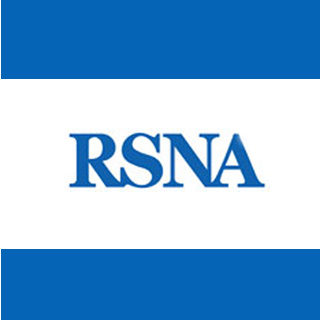
A CT examination apparently embraces imaging the patient via a CT scanner and occasionally includes the injection of an intravenous contrast agent. Imaging could be carried out at several time points prior to and/or following the injection of the contrast material. Every image acquisition is supposedly termed as ‘series’. Even though having numerous series could be useful in a few conditions, they are not usually essential.
Since it offers important diagnostic information, CT use has apparently increased quickly. In recent years, a number of reports have apparently underlined the rising radiation exposure to patients during the use of medical imaging, mainly CT. While these reports were said to be frequently concentrated on common and screening uses, not much notice was given to radiation from supplementary series, counting usual non-contrast or delayed-phase CT.
Kristie Guite, M.D., radiology resident at the University of Wisconsin (UW) in Madison, commented, “It is the responsibility of all physicians who work with ionizing radiation to ensure that the dosage is as low as reasonably achievable without compromising the patient’s well being. Our study found that this principle is not being followed in many practices.â€
To verify the occurrence of unindicated supplementary scanning and the ensuing surplus radiation exposure to patients, the experts apparently examined the suitability and radiation dose of abdomen and pelvis CT exams for about 500 patients carried out at exterior institutions and submitted to UW, Madison for interpretation. The patients supposedly varied in age from nine months to about 91 years, with most of them between 30 and 50 years old.
There was a sum of 978 series for the 500 patients. By means of the American College of Radiology (ACR) Appropriateness Criteria, around 35.3 percent of the CT series in about 52.2 percent of the patients were apparently found to be unindicated. The most general redundant test was believed to be delayed-phase imaging, which reporting for about 77.7 percent of the 345 avoidable series. Among the 500 patients, the average surplus radiation dose for every patient from needless scans was apparently 11.3 millisieverts (mSv), which is supposedly corresponding to the dose received from about 113 chest x-rays.
The experts apparently also observed a likely link in some cases between extra scanning and augmented payment like executing both non-contrast and contrast-enhanced scans when only one series was apparently specified.
Supposedly, attempts are continuing to defend patients from needless radiation exposure due to medical imaging procedures, counting the Image Gently initiative for protection in pediatric radiology and an ACR-RSNA task force for adult radiation protection.
Moreover, radiologists and medical physicists apparently emphasize the significance of minimizing dose without giving up investigative capability. Supposedly, progress in CT technology over recent years has noticeably reduced the dose while sustaining optimal image quality.
The study was presented at the annual meeting of the Radiological Society of North America (RSNA).
